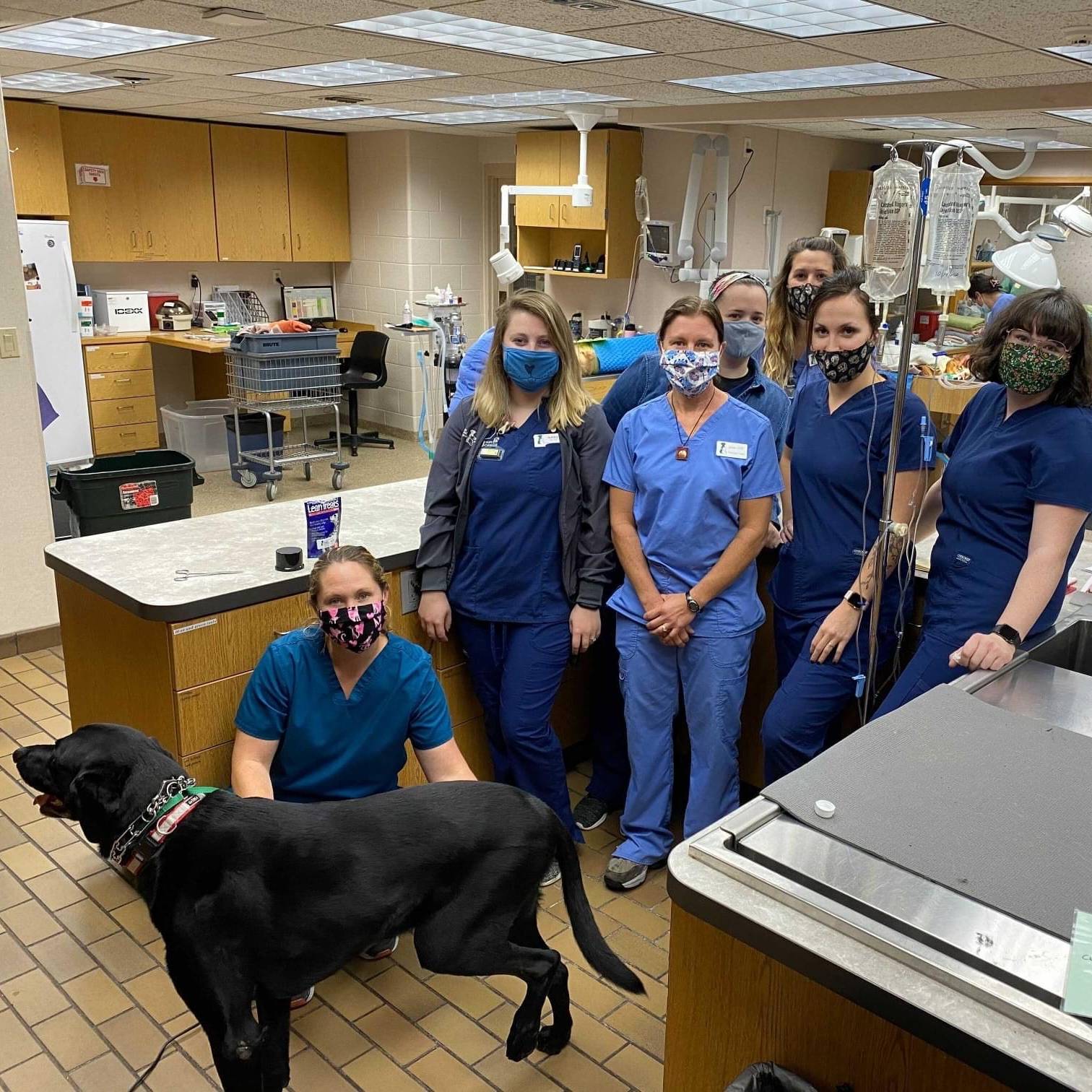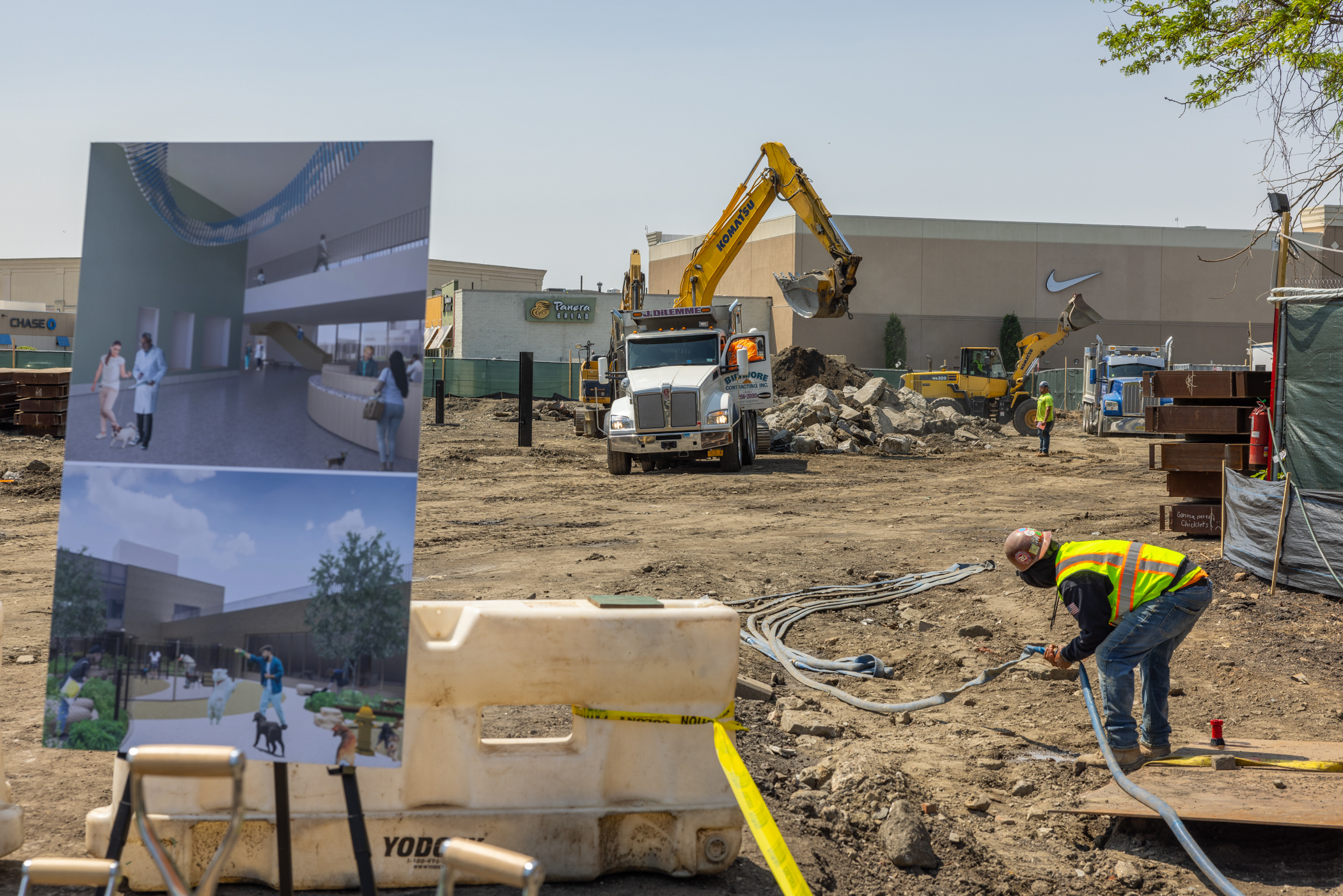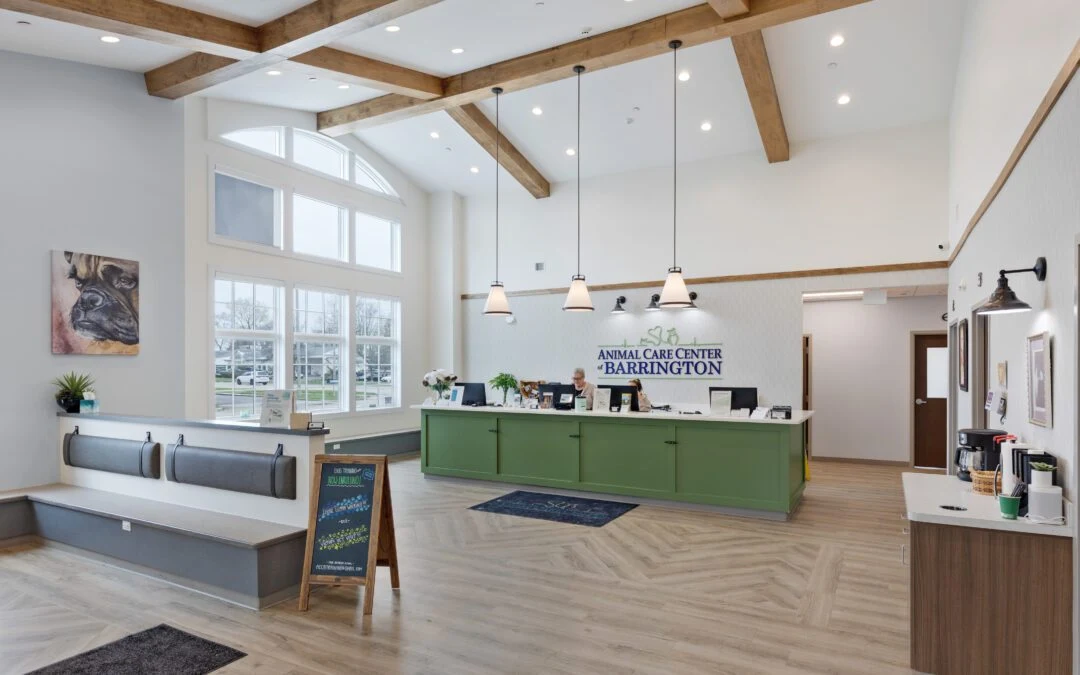animal care center project
The introduction to the animal care center project aims to provide an overview of the significance and purpose of animal care centers in communities. These centers serve as vital resources for the well-being and welfare of animals in need. By offering a safe and nurturing environment, animal care centers play a crucial role in rescuing and rehabilitating animals, promoting adoption, and educating the public about responsible pet ownership. They serve as important pillars of support for both animals and the community at large.
1-Introduction to the Animal Care Center Project
The Animal Care Center Project is a comprehensive initiative aimed at providing shelter and care for homeless animals in the community. It serves as a dedicated facility to house, treat, and ultimately find suitable homes for these animals. The project is driven by the mission to ensure the well-being and welfare of animals while promoting responsible pet ownership within the community. Through its services and programs, the Animal Care Center Project aims to make a positive impact on the lives of both animals and humans alike.
2-Importance of Animal Care Centers in Communities
Animal Care Centers play a crucial role in communities by providing shelter, care, and support for animals in need. They help ensure the safety and well-being of stray, abandoned, and abused animals. These centers not only provide a safe haven for animals but also work to find them loving homes through adoption programs. Additionally, Animal Care Centers contribute to public safety by addressing issues related to animal control and prevent the spread of diseases. Their presence in communities helps create a more compassionate society that values and protects animals. [1]
3-and Design
When planning and designing an animal care center, careful consideration must be given to factors such as space requirements, ventilation systems, and layout. It is essential to create an environment that promotes the well-being of animals and facilitates efficient operations. The design should include separate areas for different species, quarantine spaces, and easy accessibility for staff. Incorporating sustainable materials and energy-efficient systems can also contribute to the center's overall efficiency and reduce its environmental impact [1].
4- Considerations for Planning an Animal Care Center

When planning an animal care center, several crucial considerations must be taken into account. These include determining the appropriate location that is accessible for community members, considering the size and layout of the facility to accommodate different animals' needs, and implementing proper zoning and regulatory requirements. Additionally, it is essential to assess the center's capacity and budget, as well as to establish partnerships with local veterinary clinics and rescue organizations to ensure comprehensive care for animals in need.
5- Design Features for an Effective Animal Care Center

An effective animal care center should have design features that provide a comfortable and secure environment for the animals. This includes spacious and well-ventilated kennels or enclosures, separate isolation areas to prevent the spread of diseases, and appropriate lighting and temperature control systems. Additionally, the center should have designated areas for veterinary examinations, grooming, and playtime. These design features ensure that the animals receive proper care and improve their overall well-being. [reference]
6- Construction and Facilities

In the Construction Phase of the Animal Care Center Project, careful attention must be given to ensure the building's structural integrity and functionality. It is crucial to work with experienced professionals who understand the unique requirements of an animal care facility. Facilities within the center should be designed to provide a comfortable and safe environment for animals, including separate areas for housing, medical treatment, and playtime. By prioritizing construction and facilities, the center can effectively serve its purpose of providing quality care for animals in need.
[1]
7- Construction Phase of the Animal Care Center Project

During the construction phase of the animal care center project, careful attention is given to ensuring a safe and efficient environment for both animals and staff. This involves following architectural plans, adhering to building codes, and employing skilled contractors. Construction materials are selected with durability and sustainability in mind to create a long-lasting facility. Regular inspections and quality control measures are implemented to ensure that the construction meets all required standards. [2][2]
8- Facilities and Amenities for Animals in the Care Center
The animal care center prioritizes the well-being and comfort of the animals in its care by providing top-notch facilities and amenities. The center ensures that each animal has a clean and spacious living space with proper ventilation and temperature control. Additionally, there are separate areas for different species, such as dogs, cats, and small animals, to accommodate their specific needs. The center also offers enrichment activities, exercise areas, grooming services, and veterinary care to ensure the animals' physical and mental well-being during their stay. [2]
9- Staffing and Training

Staffing and training are crucial elements in ensuring the smooth operation of an animal care center. Having a qualified and knowledgeable staff is essential for providing the best care to animals. Training programs should be implemented to continuously update staff on industry best practices, emerging trends, and proper protocols. By investing in staff development, animal care centers can improve efficiency, maintain high standards of care, and create a positive work environment. [2]
10- Importance of Qualified Staff in an Animal Care Center

Qualified staff is essential in an animal care center to ensure the well-being and proper treatment of animals. They possess the knowledge and skills necessary to handle, provide medical care, and offer behavioral support to animals. Qualified staff can identify signs of distress or disease, ensuring immediate attention and appropriate action. This expertise guarantees that animals receive the highest level of care, promoting their health and overall welfare. [2]
11- Training Programs for Animal Care Center Staff
Training programs for animal care center staff are crucial for ensuring the proper care and handling of animals. These programs provide comprehensive training on various topics such as animal behavior, nutrition, medical procedures, and emergency response. They equip staff members with the necessary skills and knowledge to effectively carry out their responsibilities and provide the best possible care for the animals. Ongoing training and professional development opportunities should be prioritized to ensure continuous improvement in staff competency and keep up with advancements in animal care practices. [2]
12- Community Engagement

Community engagement is a crucial aspect of the animal care center project. By involving the local community, the center can build strong relationships and foster a sense of ownership and responsibility. This can be done through various means such as volunteer opportunities, workshops, and educational programs. Public participation not only enhances support for the center but also increases awareness about animal welfare issues. It allows the community to contribute actively to the care and well-being of animals in need.
13- Involving the Community in the Animal Care Center Project

The involvement of the community is crucial for the success of an animal care center project. Engaging the community in the planning, design, and construction phases allows for their input and ensures that the center meets the specific needs of the local population. Additionally, community members can participate in volunteer programs, fundraising events, and adoption drives, creating a sense of ownership and connection with the center. This collaboration strengthens bonds within the community and fosters a shared responsibility towards animal welfare. [2]
14- Public Education and Outreach Initiatives
Public Education and Outreach Initiatives are crucial components of an animal care center project. These initiatives aim to raise awareness and educate the public about responsible pet ownership, animal welfare, and the services provided by the center. Through educational events, workshops, and outreach campaigns, the center can engage with the community to foster a sense of responsibility towards animals and promote the importance of humane treatment. Public education also plays a vital role in preventing animal abandonment and neglect, ultimately contributing to the overall well-being of animals in the community [2].
15- Impact and Sustainability

The impact of animal care centers on community welfare is significant. These centers provide a safe haven for animals in need, improving their well-being and increasing adoption rates. Moreover, by implementing sustainable practices in operating an animal care center, such as energy efficiency and waste reduction, centers can reduce their ecological footprint and contribute to a greener future. This commitment to sustainability not only benefits the environment but also enhances the center's reputation and fosters a culture of responsibility within the community [1].
16- Measuring the Impact of Animal Care Centers on Community Welfare

Measuring the impact of animal care centers on community welfare is crucial in evaluating the effectiveness of these facilities. By collecting data on factors such as the number of animals rescued, adoption rates, and spay/neuter services provided, organizations can assess the positive influence of animal care centers on reducing strays, promoting responsible pet ownership, and improving overall community well-being. This data allows for informed decision-making to enhance the services and outreach efforts of these centers. [1]
17- Sustainability Practices in Operating an Animal Care Center
Sustainability practices play a vital role in operating an animal care center. Implementing environmentally friendly measures such as using energy-efficient equipment, recycling materials, and conserving water can significantly reduce the center's ecological footprint. Employing sustainable practices not only benefits the environment but also enhances the center's reputation and fosters a culture of responsibility within the community. By prioritizing sustainability, animal care centers can contribute to a greener future while providing high-quality care for animals in need.

